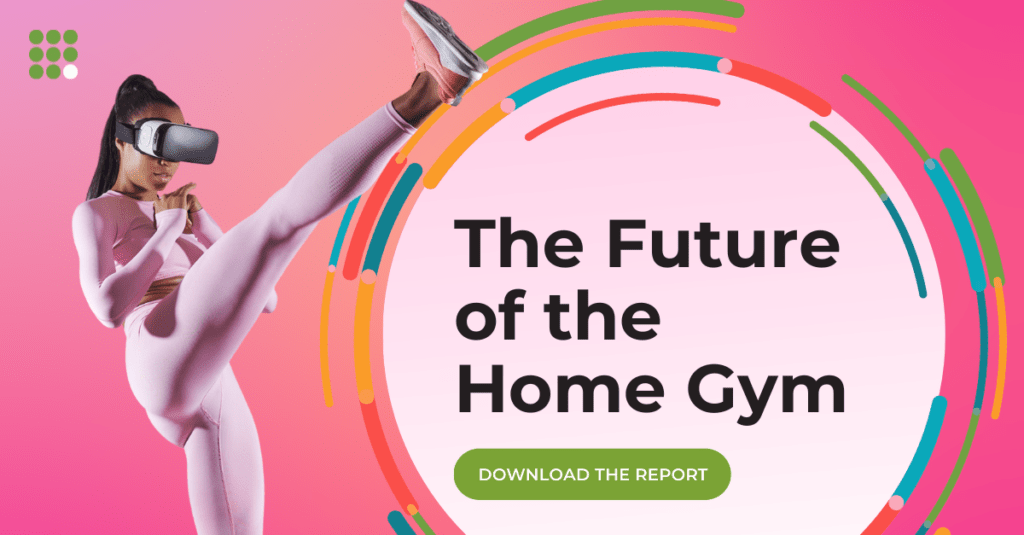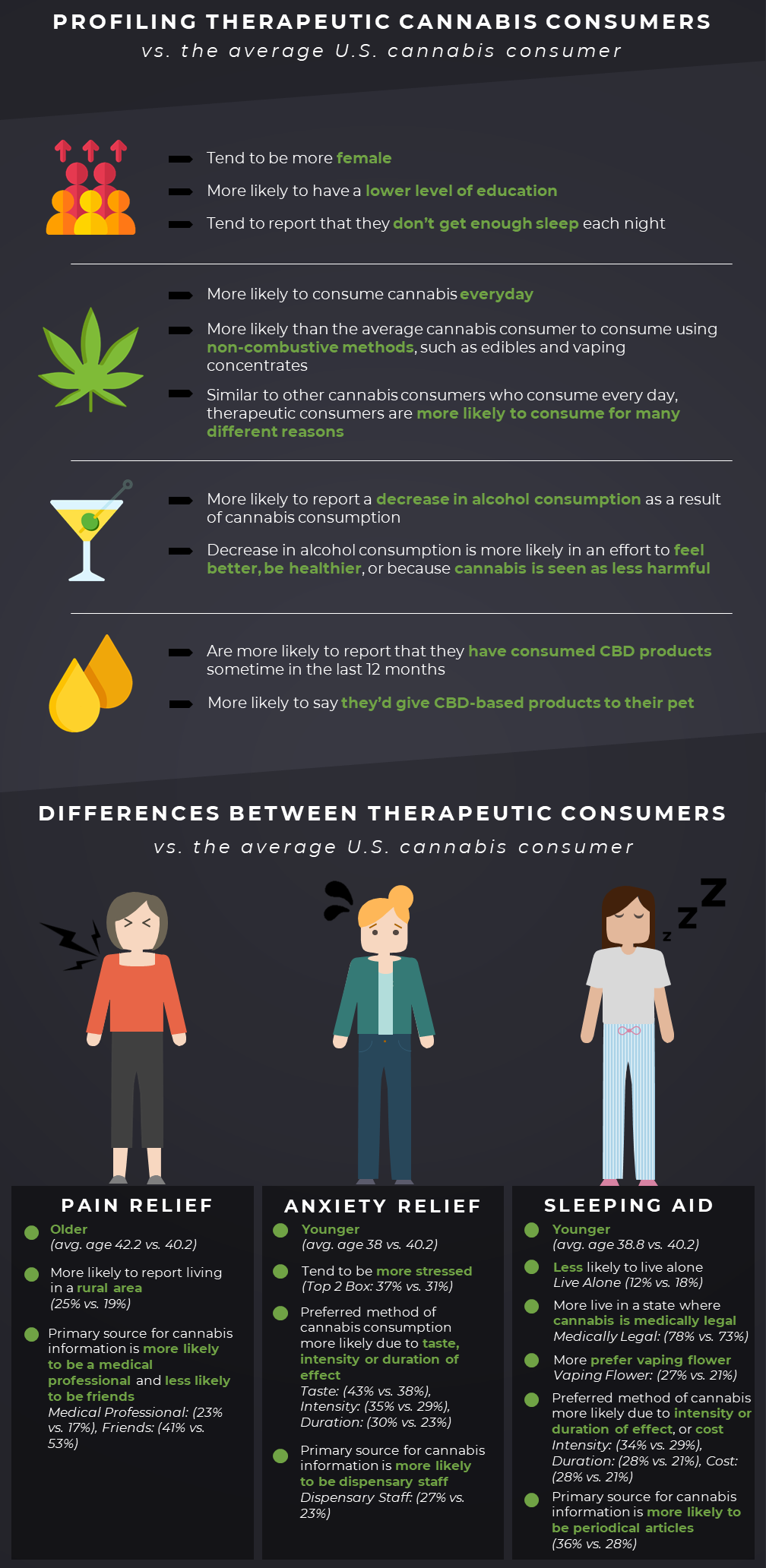When designing a new product or service, or upgrading existing ones, probably the most crucial question brands can ask themselves is: What will our customers think about this?
Companies that plough ahead without undertaking relevant research up-front can sometimes miscalculate what will satisfy the users of that product or service—thereby placing their company’s prestige and sales track record at risk.
User studies (also known as “user research” or “UX research”) play a crucial role in significantly minimizing that risk for organisations.
The objective is to understand how well your product or service meets current needs and help make informed decisions on new product upgrades or launches before committing vast amounts of time and resources to the venture.
Through user studies, “we can validate or disprove [a] hypothesis early on in a product/service development,” notes Medium. Since the “cost of this would be much less than developing something which no wants to use after,” it’s clear that user studies have “an invisible ROI: the spared cost of doing something useless.”
In the end, the desired outcome of user studies is a closer alignment between what a brand has to offer and the needs and expectations of its targeted customers.
How User Studies Benefit Brands
A wide array of beneficial results grows out of expertly crafted user studies. The key, as we have noted before, is knowing “what you’re looking for with each type of user study.”
In many cases, companies frame their goals around:
- Getting clarity about brand positioning to build a firm foundation for what is planned next
- Leveraging fresh user experience data that challenges long-held assumptions
- Creating a clear benchmark for new product development or planned expansion into new markets
Also, a user study can help organisations “measure the impact of events or major changes—not just after a marketing campaign or change to a product, but in the wake of shifts in the environment”—including such world-altering events as the global Covid-19 pandemic.
Get regular insights
Keep up to date with the latest insights from our research as well as all our company news in our free monthly newsletter.

User Studies and Product Design
Product designers depend upon user research to help guide them towards adding or modifying features that best suit consumer needs. The data acquired through these studies enables designers to avoid these critical errors:
- Potential technological glitches
- Gaps between what an existing product does and the state of current consumer needs and pain points
- Manufacturing products that turn out to have minimal market demand
Design teams often “design for how they want the user to act,” notes MentorMates. By using consumer behaviour data gained through user studies, “designers can instead design for how [customers will] actually act.” This leads to a final product that “feels less like an artifact” and more like what customers genuinely need. Both product designers and the ultimate end-user benefit from the results in this process.
Effective user research for product design includes these methodologies:
Conduct an online survey. With a testing survey, you can reach large audiences of targeted customers and get an informed idea about what’s important to them. This is an excellent way to test various concepts, better understand their appeal, and determine which concepts should be moved forward for further testing.
Use conjoint analysis to see what consumers value. Conjoint analysis measures the value consumers place on a product’s specific features. Usually, data emerges from survey questions in which participants are shown a combination of product attributes and asked to compare or rank them.
Employ qualitative methods such as guided group discussions. In online communities or through face-to-face focus groups, groups of potential consumers enable researchers to drill down into product features genuinely favoured by the target audience. Qualitative research can also uncover unforeseen customer needs, inspiring further rounds of innovation, with the bonus of getting a jump on the competition.
Sometimes designers and product teams become too enmeshed in the development process to make the most effective decisions about how to proceed. UX research enables them to assess authentic feedback from target customers, so no crucial elements are overlooked in the design process.
Added Benefits of User Studies
Brands can benefit from tapping into the user experience in numerous additional ways.
Let’s say a design team has come up with a half-dozen “great” ideas about a new product. In general, many of these design ideas will fall short of expectations or prove too costly to implement all at one time. But the chances of success (and acceptance by consumers) sharply increase when user research methods identify the most promising of those ideas.
Design teams are very good at what they do. But they can’t succeed in a vacuum. Without pinpointed UX research, they may rely too much on their instincts and miss out on what consumers really want. An organisation can benefit enormously when its design team learns to incorporate a steady input of user experience data into further research and design.
As with any scientific endeavour, there’s always the chance that an “aha moment” can dramatically shift the focus of research into more promising avenues. Extensive user studies facilitate the greater likelihood of encountering those “aha moments” around design features and attributes that might otherwise be overlooked.
Tips to Get the Most from User Studies
As discussed, the importance of user studies—for new product development, customer satisfaction, and retention, etc.—can’t be overstated. To gain the most benefit from the process, keep these tips in mind:
- Determine ahead of time whether you want general background information on consumer needs and preferences or if you’re seeking specific, in-depth usage patterns
- Define what is possible to alter in the development phase based on the results of a user study.
- Be sure to ask specific questions when surveying targeted users so everyone has the same reference points for the survey.
- Identify a baseline, or neutral starting point, for people’s assumptions and ratings, thus enabling an objective interpretation of results.
- Incorporate research into competitor brands (even smaller or niche brands) when assessing user research findings.
With the necessary parameters in place, it will more effectively translate the results of UX research into concrete product design and development efforts.
Where to Go Next with User Studies
A user study should never be a “one-off” proposition. After all, the customer journey isn’t a static experience. User studies differ widely from one segmented audience to another, and over time can alter dramatically due to unexpected external factors.
For these reasons, forward-thinking brands commit to ongoing research into customer needs and pain points. They can benefit from gaining insights into shifts in market trends well before the competition does, enabling them to be first in addressing emergent consumer needs. That’s one effective way of capturing market share before your competitors do.
Finally, it would be best to communicate any changes you make to your product or service based on consumer research to the target audience. Don’t hesitate to share the story of how your focused research identified the challenges customers face and the efforts you took to address those challenges. This alone demonstrates the depth of your commitment to a valuable customer experience—which in turn generates more trust and engagement with your brand in the long run.
Feedback loops that incorporate user research data also help ensure that your brand’s unique selling proposition is consistently re-validated and that everyone within the organisation sees the importance of serving customers’ needs. There may be no more effective tool to add to your brand’s arsenal today and in the future.





 Senior Marketing Executive
Senior Marketing Executive Sales & Marketing
Sales & Marketing General Manager PR -Internal Communications & Government Affairs
General Manager PR -Internal Communications & Government Affairs Vital Strategies
Vital Strategies
 Customer Intelligence Director
Customer Intelligence Director